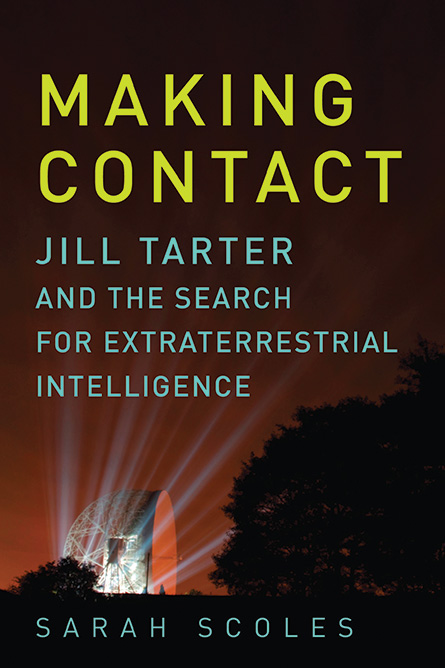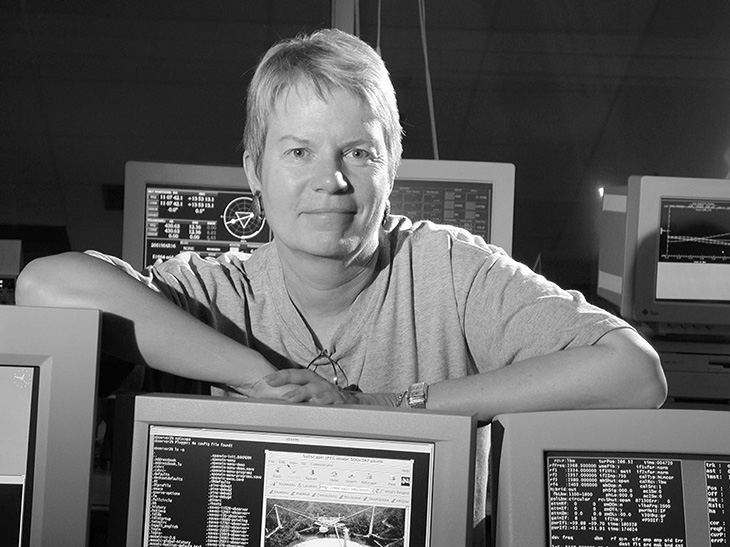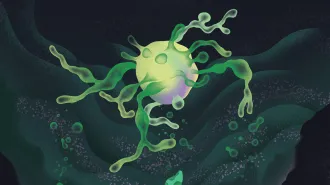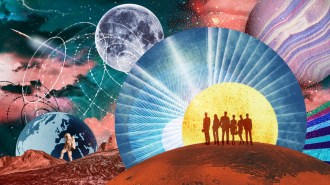‘Making Contact’ chronicles an astronomer’s struggle to find E.T.
For decades, Jill Tarter led the hunt for extraterrestrial intelligence
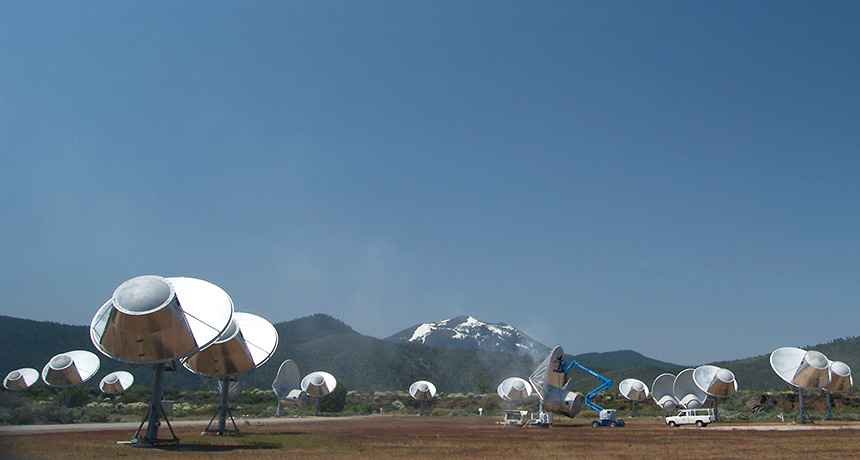
SEEKING E.T. The Allen Telescope Array, located at the Hat Creek Radio Observatory in California, searches for signals from extraterrestrial intelligence. Astronomer Jill Tarter, the subject of the new book Making Contact worked to construct the telescope in the face of funding difficulties.
Colby Gutierrez-Kraybill/Wikimedia Commons (CC BY 2.0)
